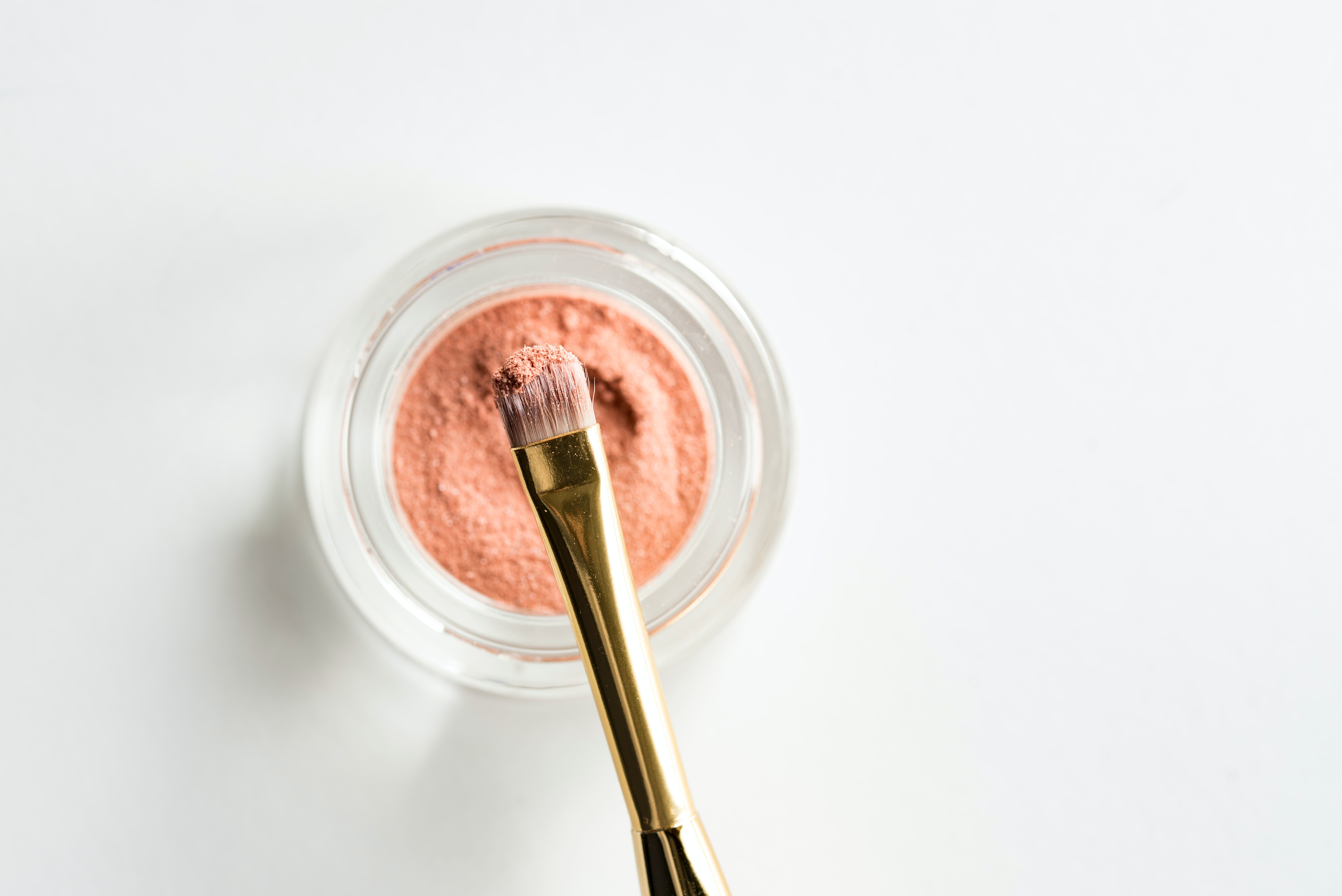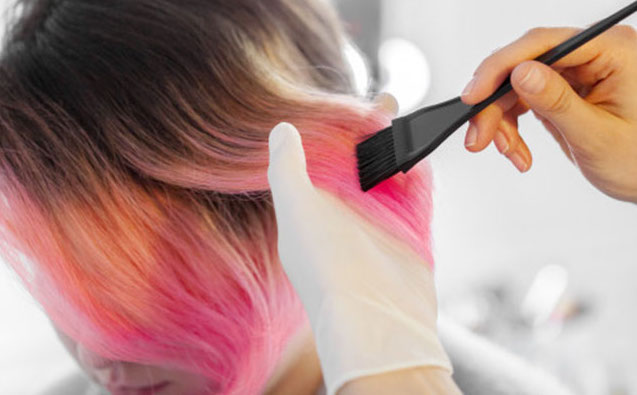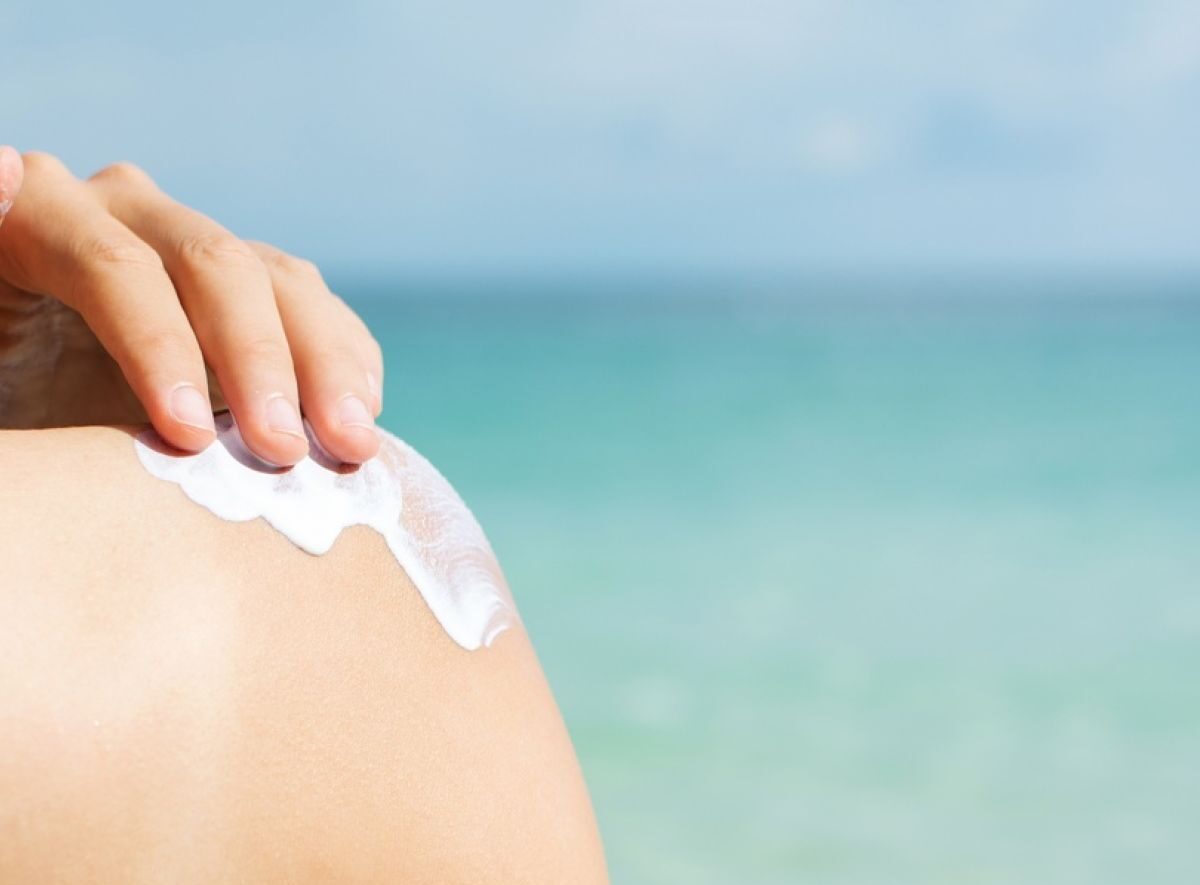TALC AND ASBESTOS
Talc (CAS number: 14807-96-6) is a naturally occurring mineral, consisting of hydrous magnesium silicate and it can contain sometimes small quantities of aluminium silicate. It used in a wide variety of consumer products, including cosmetics. In cosmetics and personal care products, Talc is usually used as an abrasive, absorbent, anticaking, bulking, opacifying and skin protecting agent. The U.S. Food and Drug Administration (FDA) includes Talc (magnesium silicate) on its list of substances Generally Recognized As Safe (GRAS) for use in food as an anticaking agent and it also allows the use of talc as an indirect food additive (colorant in polymers) and as colorant in drugs. (see previous post)
Some Talc deposits may contain asbestos and other magnesium silicate minerals, notably members of the amphibole group. Asbestos is a term used to describe some silicate minerals that have an unusual fibrous (asbestiform) habit of crystal growth. Asbestos properties (flexibility, durability and heat resistance) make it useful for commercial purposes. Nevertheless, Asbestos is a human carcinogen and has well-documented health risks (e.g., inflammation, pleural disease, lung cancers, malignant mesothelioma).
Responding to test results indicating the presence of asbestos, the U.S. cosmetics industry implemented voluntarily a protocol to test cosmetic talc for asbestos using the Cosmetic, Toiletry, and Fragrance Association (CTFA) J4-1 method. A similar method is used by talc suppliers to the pharmaceutical industry. Both protocols have long-recognized shortcomings in specificity and sensitivity to detect the presence of asbestos and similar mineral particles that may pose a health concern.
WHITE PAPER ON TESTING FOR ASBESTOS IN COSMETIC PRODUCTS
Although the FDA regularly samples products containing talc for the presence of asbestos, laboratories that analyze the same product may reach to different conclusions. That happens because there are no uniform standard for identifying and counting asbestos fibers.
The FDA has published a white paper regarding scientific opinions on testing methods for asbestos in cosmetic products containing talc. The scientific opinions are from an Interagency Working Group on Asbestos in Consumer Products (IWGACP) and do not represent recommendations or policies of FDA or any other federal agency. IWGACP is composed of subject matter experts from eight different U.S. federal agencies.
The IWGACP’s aim was to develop a consensus document to support the development of standardized testing methods to improve the sensitivity and consistency of analyses, and inter-laboratory concurrence when reporting asbestos (or other amphibole mineral particles) in talc.
The Interagency Working Group recommends the use of both polarized light microscopy and transmission electron microscopy methods to identify/report the presence of these compounds. Moreover, it advises to report all asbestos and all amphibole and chrysotile particles that have a length greater than or equal to 0.5 µm and a ratio of length to width above or equal to 3:1. Other scientific opinions are described in the white paper.
The IWGACP proposes further research in some areas, like sampling methods for talc and talc-containing cosmetics, in order to promote reliability, sensitivity and interlaboratory agreement of analytical methods.
The FDA will conduct another talc sampling assignment in 2022. The Agency will test 50 additional talc-containing cosmetic products samples and communicate any results that indicate the presence of asbestos, if found.
If you wish to get more information regarding this or other subjects, feel free to contact us at info@criticalcatalyst.com.
References:
- Interagency Working Group On Asbestos In Consumer Products (IWGACP). White Paper: IWGACP Scientific Opinions on Testing Methods For Asbestos In Cosmetic Products Containing Talc. December 2021.















